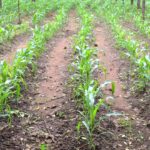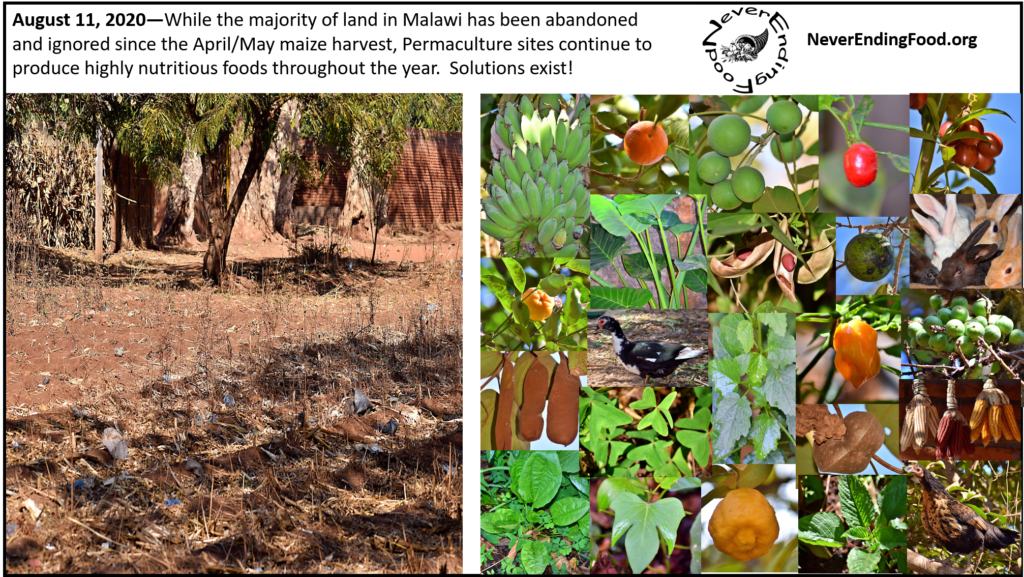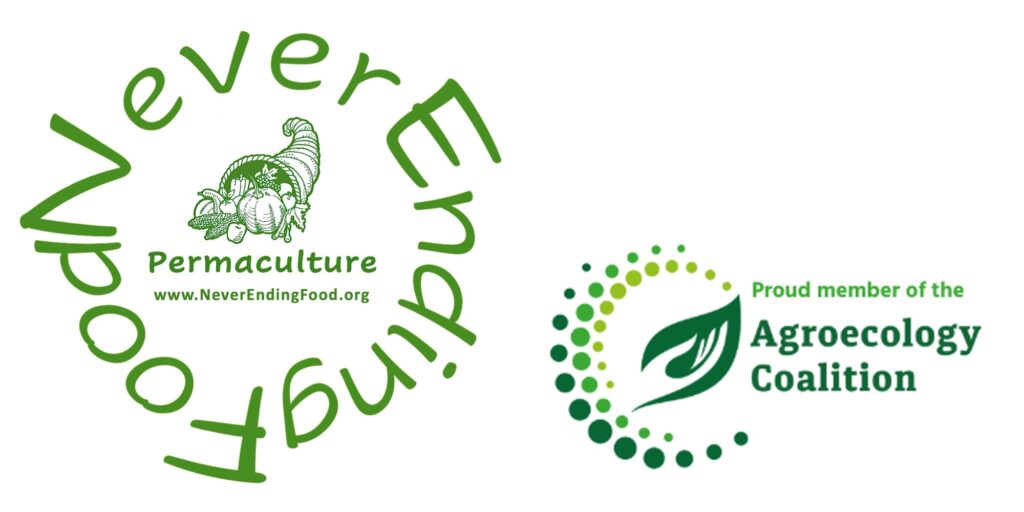There has been a lot in the news lately about advancements being made in the field of genetic engineering. This technology is giving scientists and researchers the ability to change the characteristics of living organisms by altering their genetic makeup. This science has many implications for humans and animals, but currently much of the research is being focused on the creation of new varieties of plants, which will have certain desirable characteristics. These characteristics can generally be grouped into three main categories: higher yields, pest or disease resistance, and nutritional modification.
Proponents of this new technology claim that genetically altered plants will have the ability to help end hunger and malnutrition in the world, while critics of genetic engineering often focus on the unforeseen dangers to people who eat these new foods. There are many people who are concerned that there has not been enough research on the long-term effects that these plants may have on consumers. The validity of these concerns may certainly deserve further investigation, but at the same time they seem to be taking emphasis away from the bigger picture.

Permaculture encourages us to “see the whole picture” by observing and learning from what nature has to teach us. We also need the courage to learn from our mistakes. About 50 years ago, we began to hear about a new type of agriculture that was labeled the “Green Revolution”. The Green Revolution was the beginning of our efforts to increase food production through the use of hybridized plants and chemical inputs such as fertilizers and pesticides. At the time, this “new” technology was promoted as having the capacity to end the world’s hunger and nutritional problems, just as genetic engineering is being promoted today. These higher yielding crops were introduced around the world, along with new methods of agriculture that were foreign to many of the traditional methods that were being used.
What many farmers have found in this short period of time, especially in countries such as Malawi, is that as they have adopted these new methods of agriculture many have become locked into a cycle of dependency. Hybridized seeds cannot usually be saved for replanting, so farmers that used to be able to save local seeds from season to season are now forced into purchasing new seeds for each year’s crops. Modern agricultural practices have replaced traditional methods of restoring soil fertility, so farmers are now dependent on purchasing chemical fertilizers to make up for this loss.

Monocropping has disrupted the natural balances of pest control, forcing farmers to rely on chemical pesticides. Traditional methods of agriculture that used to rely on nature to provide everything that people needed—free of charge—have been exchanged in favor of expensive and labor intensive practices. To meet the rising costs of these inputs, many people end up selling off much of their harvested food, leaving them with less than they had before they made the switch to the Green Revolution. This shift in agricultural practices has also created a situation where the majority of people attempt to meet each year’s food requirements in a single season. It has now become such a common occurrence in Malawi for food reserves to run out while people are waiting for the next harvest to mature that it has been labeled the “hungry season”. In this sense, the Green Revolution has actually done more to foster the problems of hunger and malnutrition than it has to end it.
The other thing that has happened is that an “over-emphasis” has been placed on single-crop agriculture to meet all of the nutritional demands of the world’s population. In a book that was published in 1984 by the National Research Council in the United States entitled Amaranth: Modern Prospects for an Ancient Crop, it states that:
“Most of the world now receives the bulk of its calories and protein from a mere 20 species—notably cereals such as wheat, rice, maize, millets, and sorghum; root crops such as potato, sweet potato, and cassava; legumes such as beans, peanuts (groundnuts), and soybeans; and sugarcane, sugar beet, and bananas. These plants are the main bulwark between mankind and starvation. It is a dangerously small larder from which to feed the planet.” This limited focus has caused people to forget about the foods that they used to eat. Many of these “traditional” foods contain a much higher nutritional value than the ones that are now grown, have had many years to adapt to their surroundings, and can provide food on a year-round basis rather depending on a single unpredictable rainy season. Our Permaculture Nutrition project here in Malawi has identified almost 400 of these local food plants that could easily meet all of the nutritional requirements of the country’s citizens on a year-round basis without the need for foreign intervention or biotechnology. As we have removed agriculture from the cycles of nature, we seem to be finding many unforeseen problems. When seen through the “eyes” of Permaculture, this push toward genetic modification seems to be one more step in the wrong direction. There is plenty of food and land available in the world to feed our growing population, but it will take a rethinking of the current systems that we are using.

Higher yields can easily be achieved when one compares the overall production of a year-round mixed crop system to the single-season monocropped methods that are currently being used. With this in mind we shouldn’t need to genetically modify plants for higher yields, we simply need to use the ones that we’ve always had available to us more wisely.
Insects and diseases become naturally managed as the balance returns to the land and we begin to take advantage of the plants that have adapted over many years to their various predators. This eliminates the need for genetically modified “resistant” plants.
Growing and eating a wide variety of healthy plant foods on a year-round basis can eliminate nutritional deficiencies. This takes away the need to genetically alter single food crops to include all of the nutrients that a person should be receiving. Trying to meet all of our nutritional needs through the use of a limited handful of plants is not only unhealthy for us as humans, but also for the environment from which we receive our food. Permaculture focuses on the wide variety of plants, animals, insects, and microorganisms that all work together to ensure a healthy environment for growing food. It also places humans back into this cycle. If we are willing to work with nature rather than against it, we will begin to see that we have everything that we need to keep our environment and ourselves healthy for a long time into the future. When we start to think in this direction, the question of genetic engineering changes from, “Is it safe for us to use?” to “Do we even need it in the first place?” The safety of a system like Permaculture is seldom questioned, unless it is in the context of Permaculture’s founder, Bill Mollison when he only half-jokingly said that, “We may be in danger of falling food.” If we can begin to see the world through the “eyes” of Permaculture, we will also see that the solutions to many of our current “problems” have been right in front of us this whole time and no further away than the soil outside of our front door.
